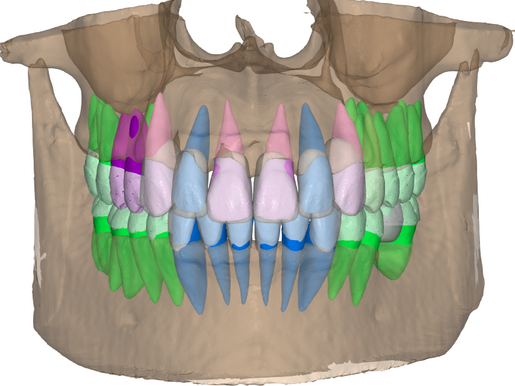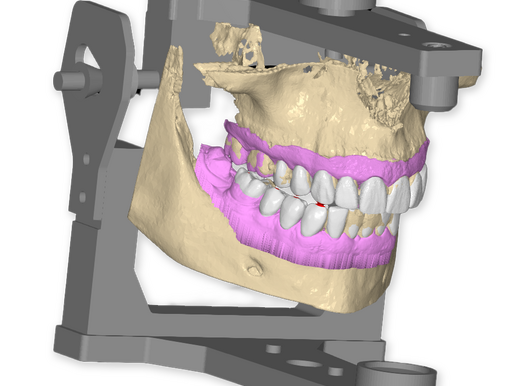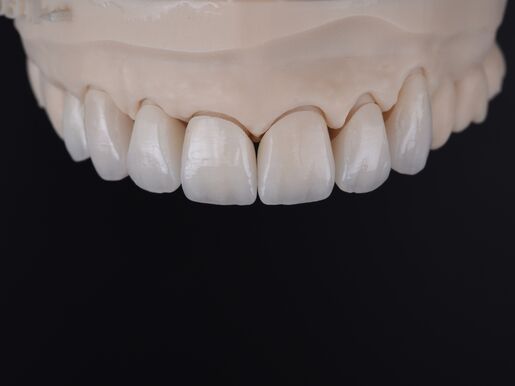Your Basket (0Items)
Your basket is empty
Product successfully added to basket!
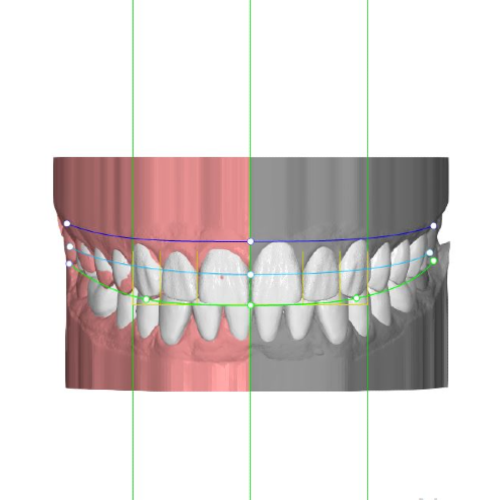
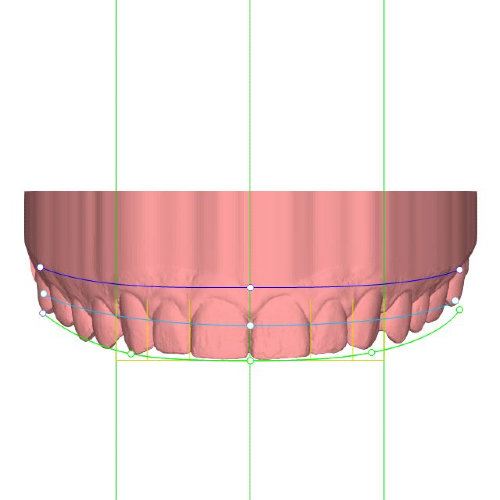
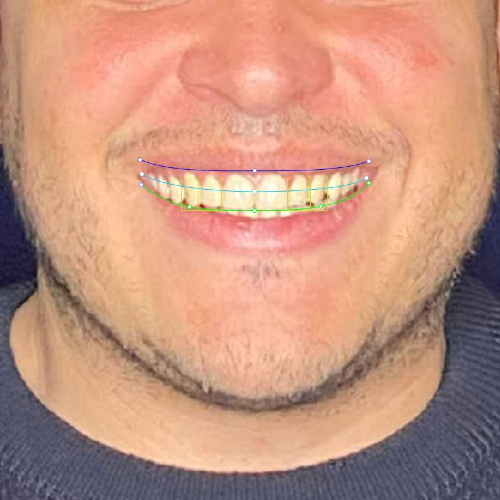
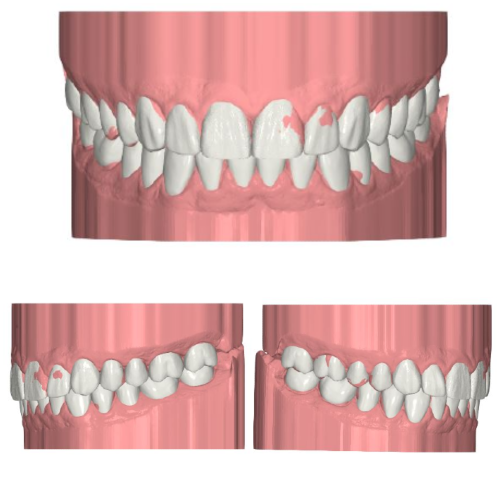
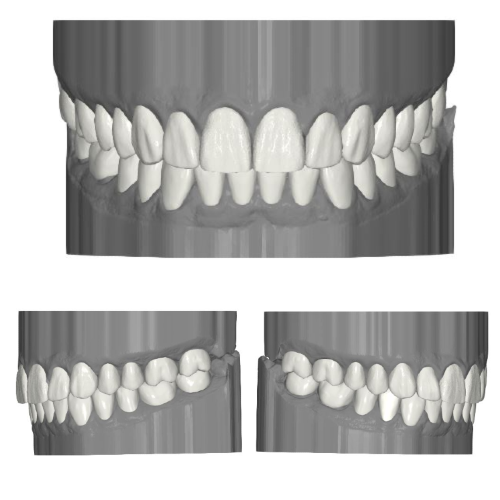
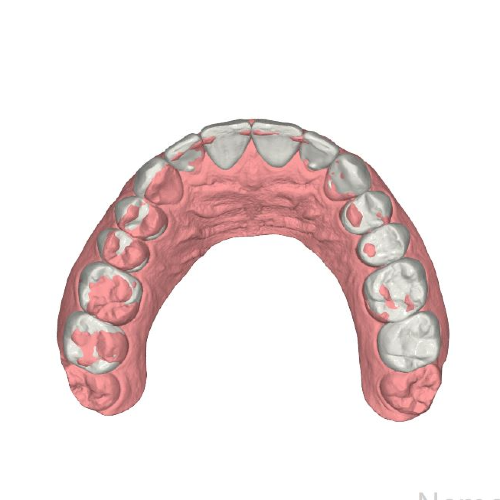
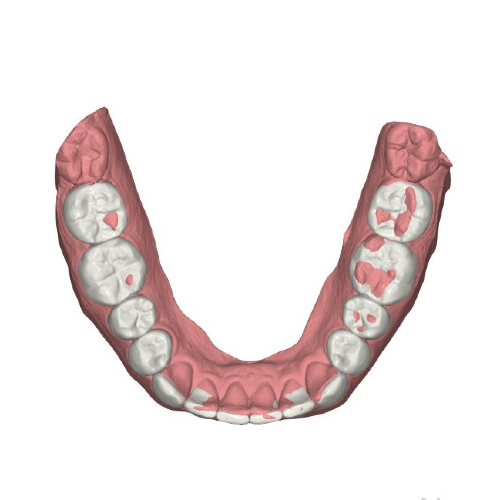
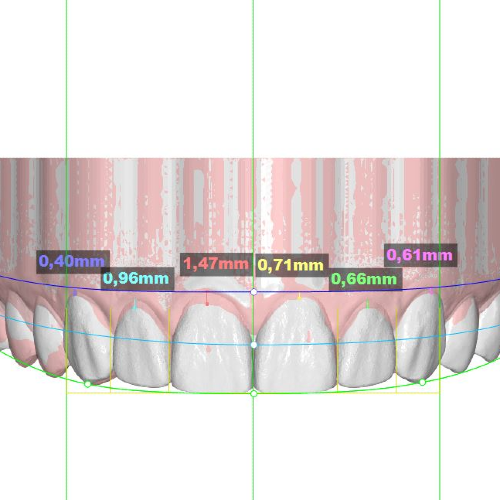
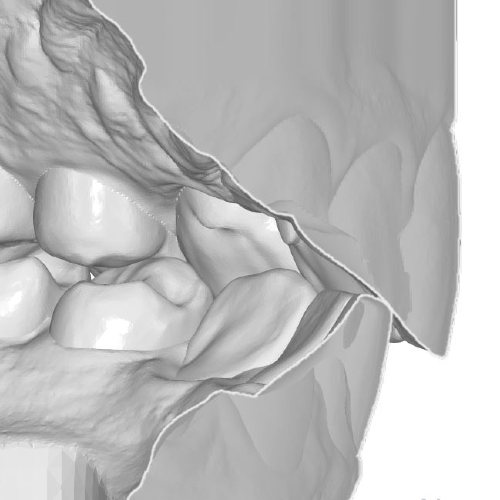
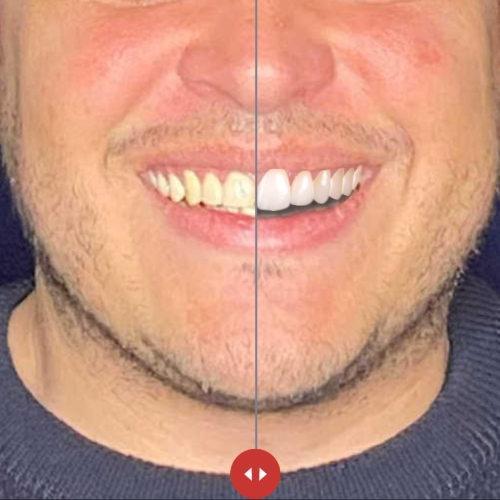
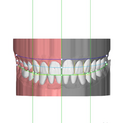
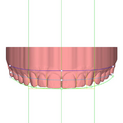
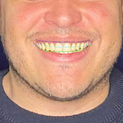
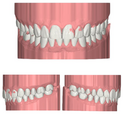
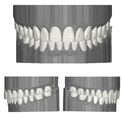
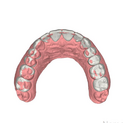
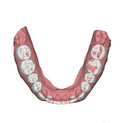
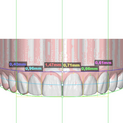
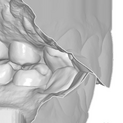
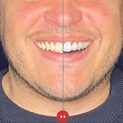
DSD Diagnostic Design
A tool that supports doctors in defining their initial diagnostic strategy. It helps communicate the clinical approach clearly, while also motivating the patient to accept.
Related Products
Diagnostic Design is a practical and efficient tool to support doctors in the initial diagnosis and overall treatment planning process. It allows you to communicate your clinical strategy clearly. With a structured presentation and visual elements, it becomes easier to guide discussions, improve understanding, and ensure everyone involved is aligned from the beginning.
By delegating the case analysis to our team, you save valuable time and avoid unnecessary early-stage costs, while still gaining a solid diagnostic foundation. The result is a fast and accessible way to move from initial consultation to clearer direction—before any irreversible steps are taken. In addition, Diagnostic Design serves as a motivational tool. It includes a realistic 2D simulation and an optional mock-up STL, helping patients visualise the potential outcome. This tangible preview builds confidence and trust, making it easier to secure case acceptance and ensure the patient is engaged and committed to the next steps—not based on imagination, but on a credible and visually supported proposal.
Diagnostic Design is the ideal starting point when you're looking to guide, motivate, and secure your patient’s commitment before moving into complex or costly treatments. It is especially recommended when you want to:
- Save Time
Delegate the initial aesthetic analysis to our expert team. We carry out the preliminary diagnosis and visual planning so you can focus your time where it’s most valuable—on patient care. - Benefit from Expert Insight
Our interdisciplinary team contributes with suggestions and annotations, helping you define the best course of action for your patient based on their individual needs and your clinical objectives. - Support Communication
Use the visual report to explain the plan to both colleagues and patients in a clear, simple, and professional way. It improves understanding, builds trust, and strengthens case presentation. - Motivate the Patient
Offer your patient a tangible preview of the expected result. The realistic visualisation—whether in 2D or via mock-up—helps create emotional engagement and drives motivation to proceed with treatment. - Ensure Case Acceptance
Presenting a visual outcome early on increases patient confidence and helps secure their commitment before investing significant time and resources into final planning or execution.
- Motivational presentation including a 2D simulation, 3D viewer, and a preliminary interdisciplinary diagnostic design, built around the clinical information provided. The presentation also outlines suggested next steps to move forward with the treatment.
- Motivational STL file designed to support communication and help the patient visualise the potential outcome tangibly.
The goal is to deliver the DSD Diagnostic Design within two days after receiving all required documentation (photos, STL files, and prescription form). Throughout the process, you can track your case status via the platform
To ensure precise and effective diagnostic design, you must provide:
- Specific photos and videos of the patient (frontal smile, profile, rest position, and video of speaking and smiling).
- Digital STL scans of upper and lower arches in occlusion.
- Optional X-rays or CBCT scans for enhanced analysis.
This is one of the products that we call a “Pre-Case Acceptance Product” (Design, Plan and Motivate), which means it is one of the initial products that is mandatory for you to be able to request any subsequent product, which are the “Post-Case Acceptance Products” (Perform, Restore, Manufacture).
When to Choose Diagnostic Design?
- You need to assess, plan, and motivate the patient. With DD, you get a clear presentation to explain the treatment steps to your patient, along with a 2D design that serves as an alternative motivational tool when a mockup is too complex or unnecessary. The goal is to help the patient visualise the expected results and motivate them towards treatment commitment.
- You want to delegate the case analysis to the DSD team. This allows us to handle the detailed treatment planning, recommending the best approach for your patient based on their individual case.
How does it differ from the DSD Upper and Lower?
Diagnostic Design (DD) is a new product focused on case analysis, treatment planning, and patient motivation. It provides doctors with a structured way to assess and present treatment possibilities before committing to execution. Unlike Upper & Lower, which included wax-up models as a visual reference, DD removes these models to prevent their unintended use as final adjusted guides. Instead, this shift allows us to introduce second-step products designed for precise execution, ensuring a more controlled and predictable treatment process.
What do you receive when purchasing this product? You will receive a motivational presentation designed to help communicate the vision of the treatment. This includes:
- A 2D simulation and 3D viewer to visualise proposed changes.
- A diagnostic design that integrates all relevant clinical data to decide the ideal plan
- A suggested treatment plan based on diagnostic findings.
- Clear next steps for clinical execution.
Additionally, you will receive a motivational mockup or shell STL file for chairside or printed testing.

